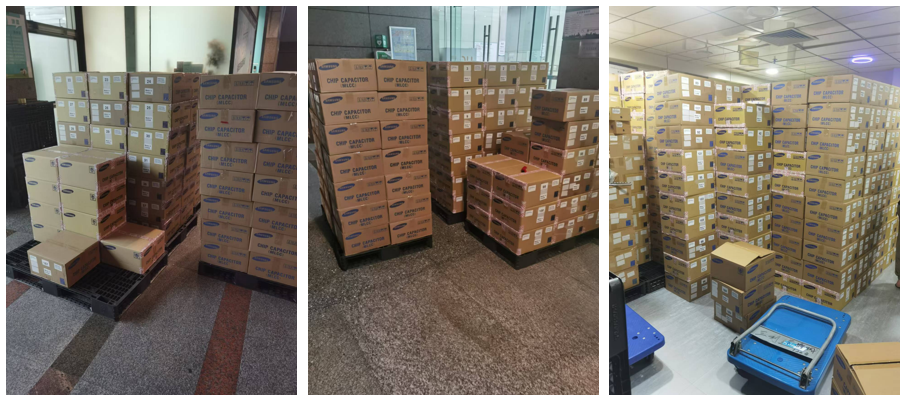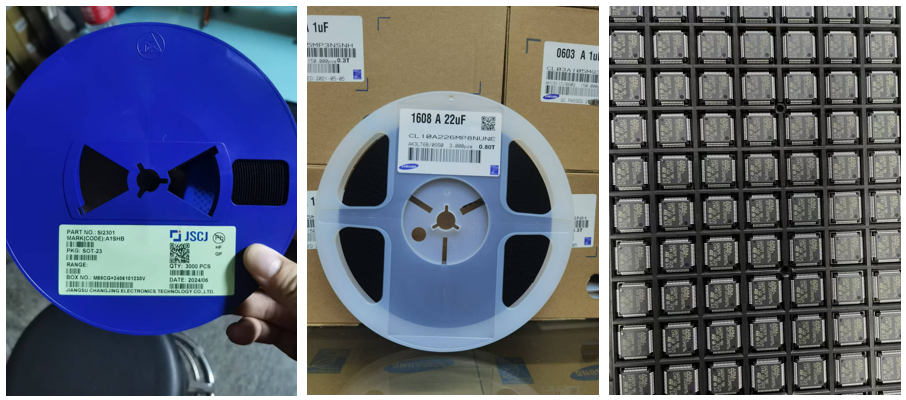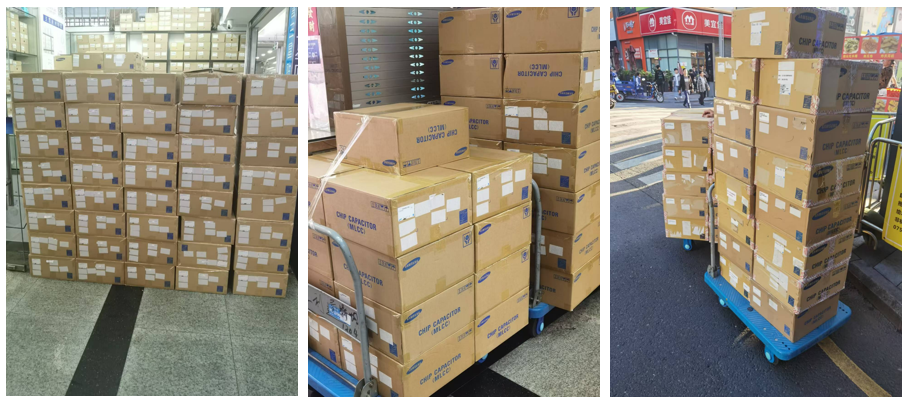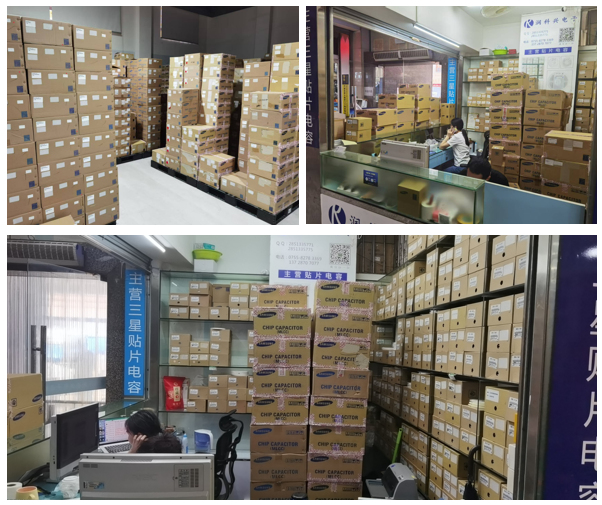



Quantity
Price
Total price
1
$0.2100
$0.2100
10
$0.1470
$1.4700
100
$0.0735
$7.3500
500
$0.0630
$31.5000
1000
$0.0420
$42.0000
3000
$0.0315
$94.5000
6000
$0.0315
$189.0000
9000
$0.0315
$283.5000
30000
$0.0315
$945.0000
75000
$0.0210
$1,575.0000
150000
$0.0210
$3,150.0000
| TYPE | DESCRIPTION |
| Mfr | TSC (Taiwan Semiconductor) |
| Series | - |
| Package | Tape & Reel (TR) |
| Product Status | ACTIVE |
| Tolerance | ±5% |
| Package / Case | SOD-123 |
| Mounting Type | Surface Mount |
| Operating Temperature | -55°C ~ 150°C (TJ) |
| Voltage - Zener (Nom) (Vz) | 6.8 V |
| Supplier Device Package | SOD-123 |
| Power - Max | 500 mW |
| Current - Reverse Leakage @ Vr | 10 µA @ 5.1 V |












